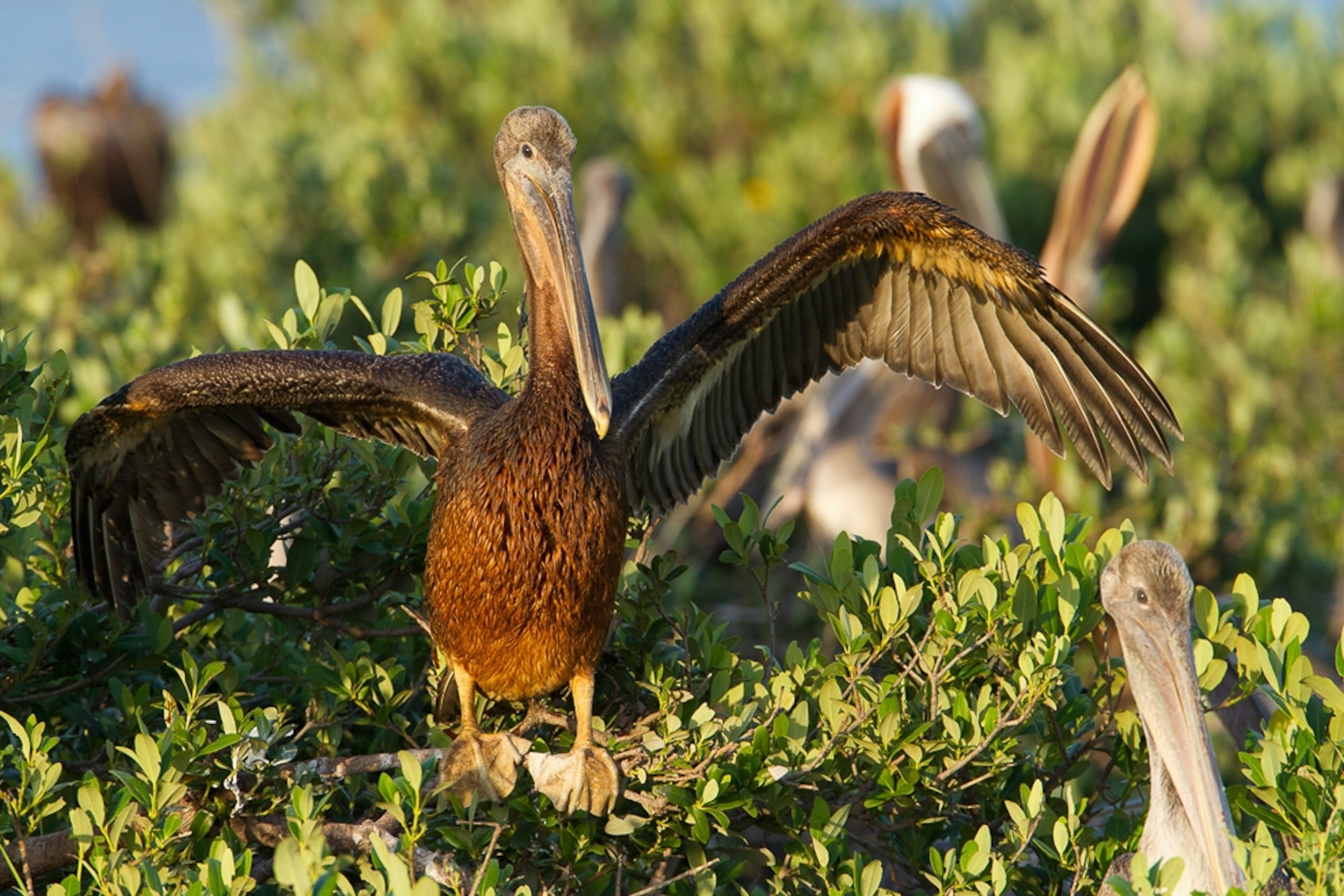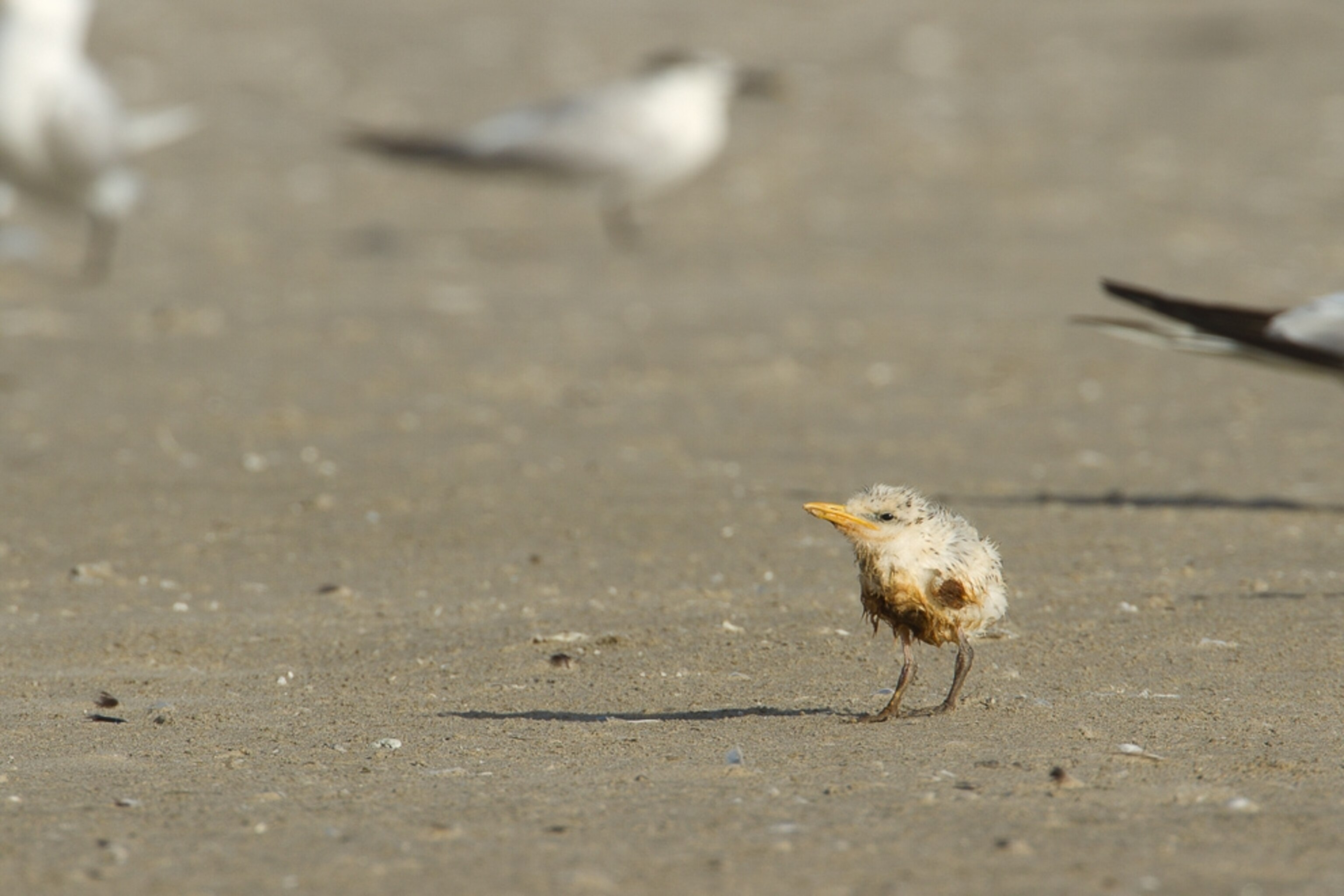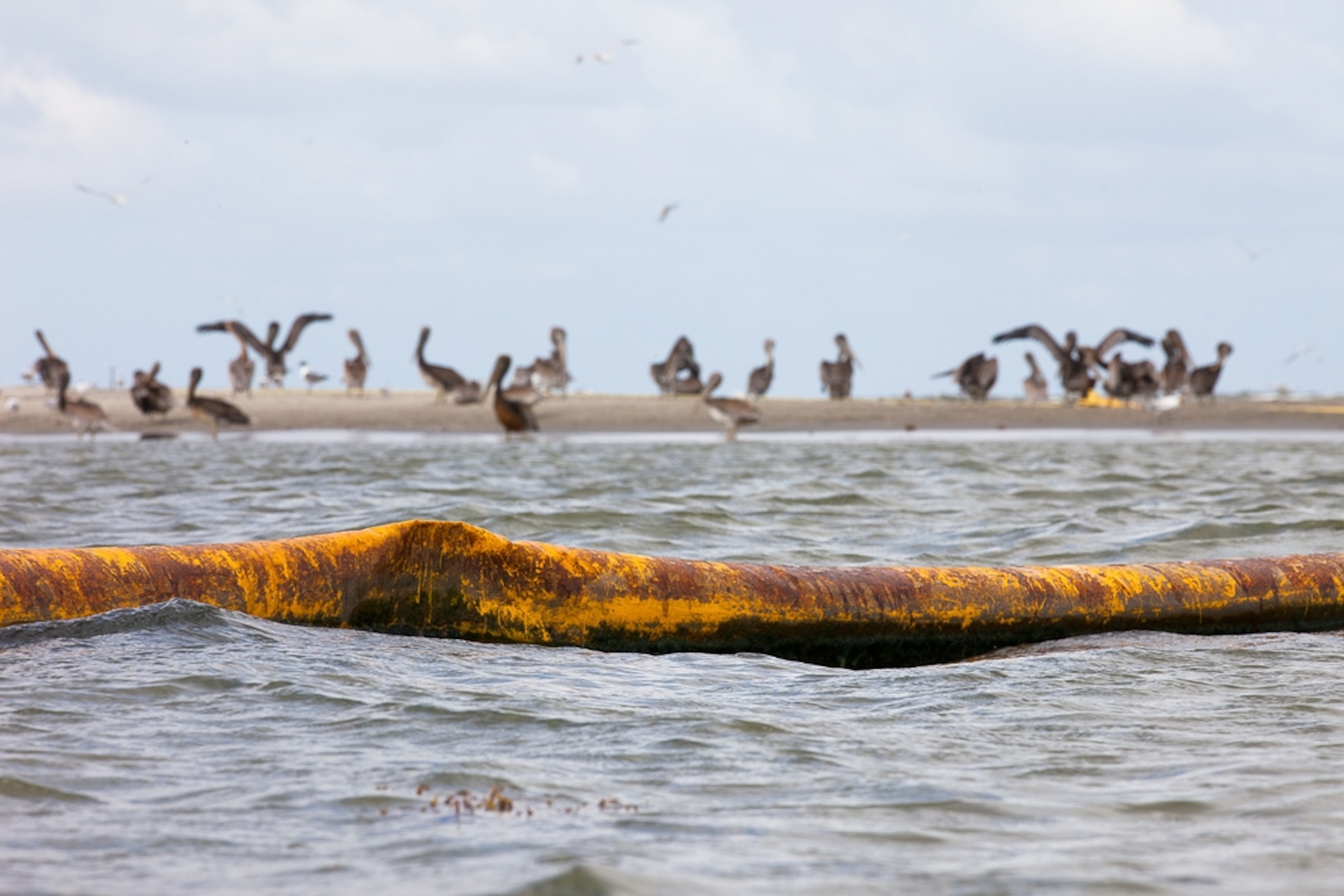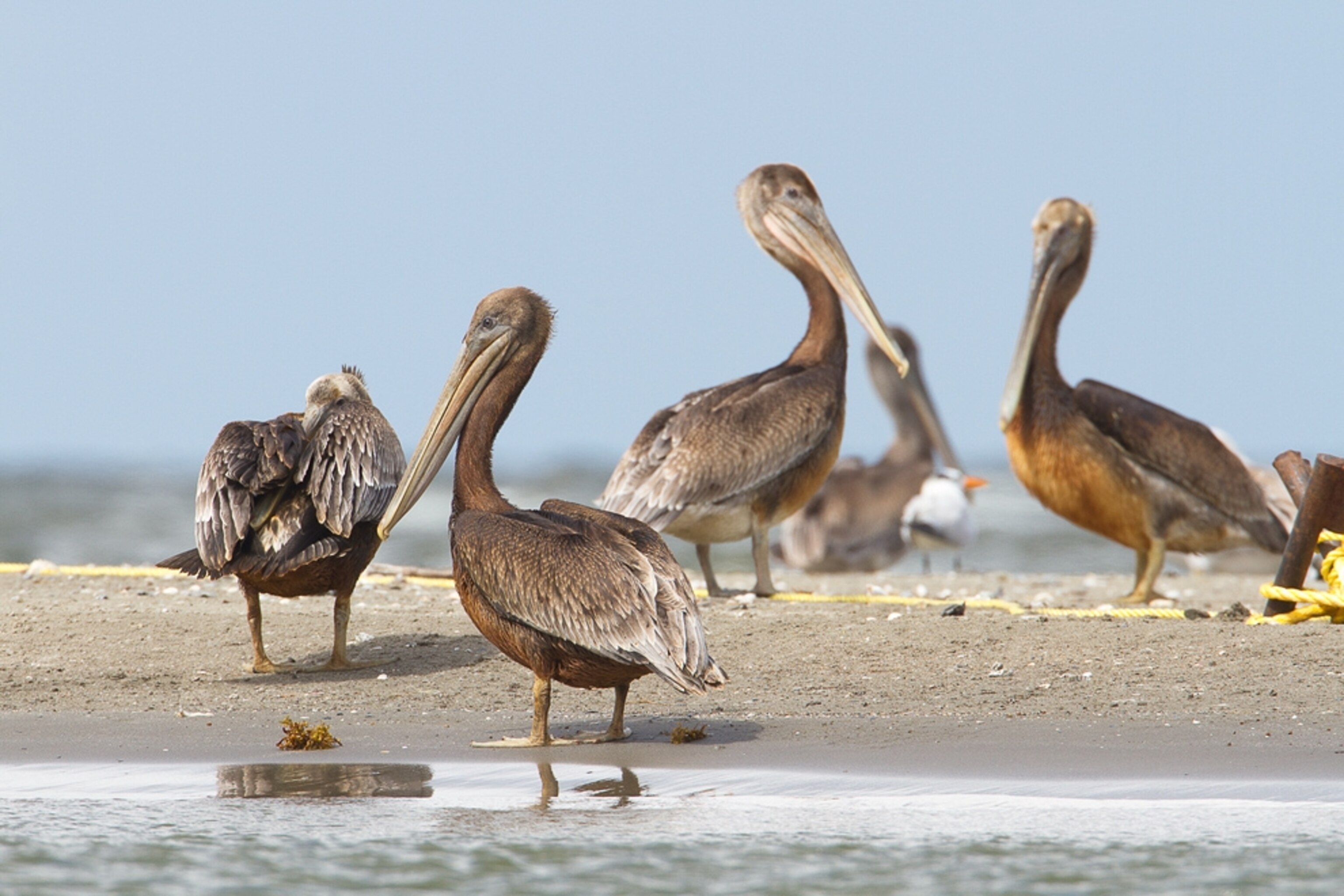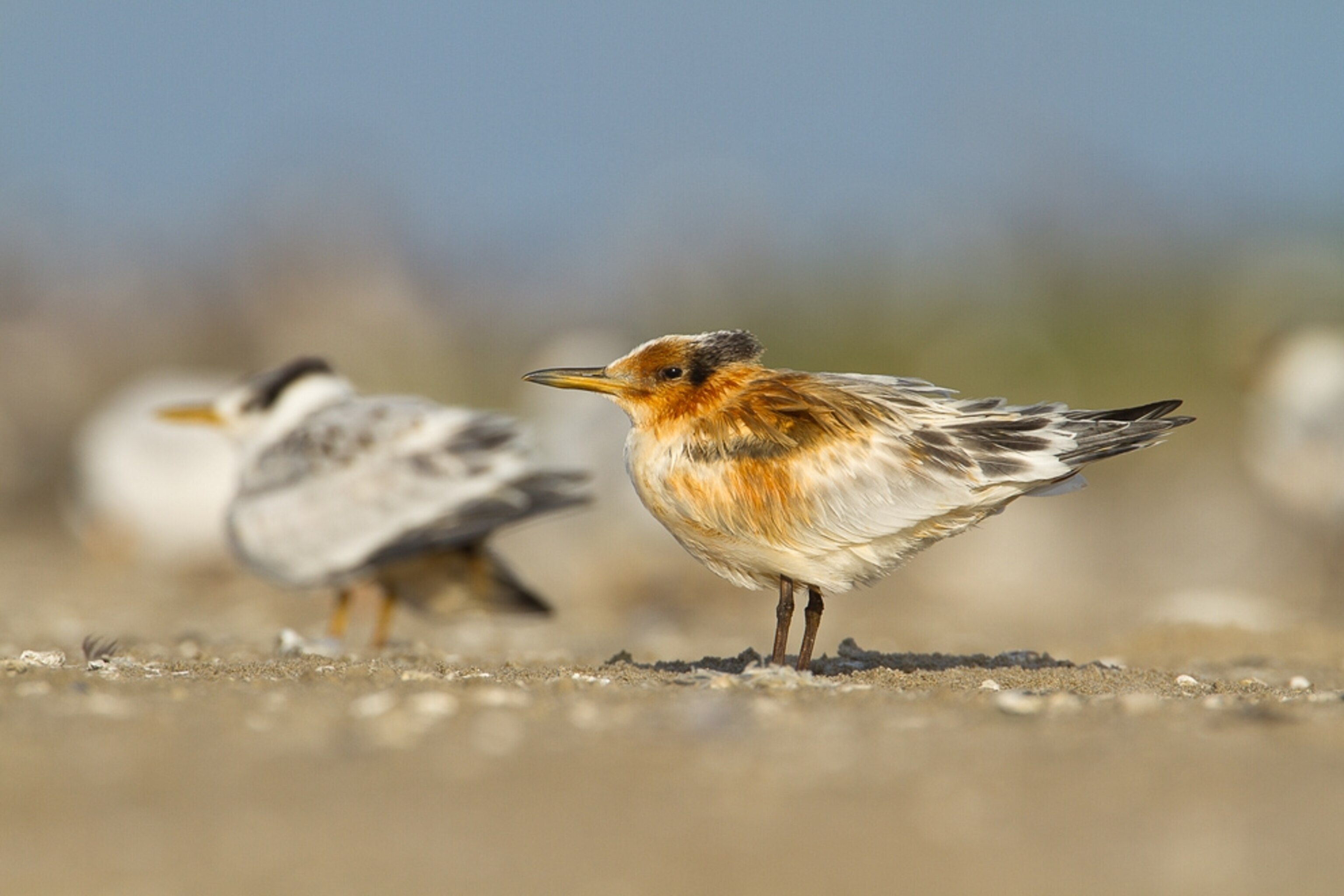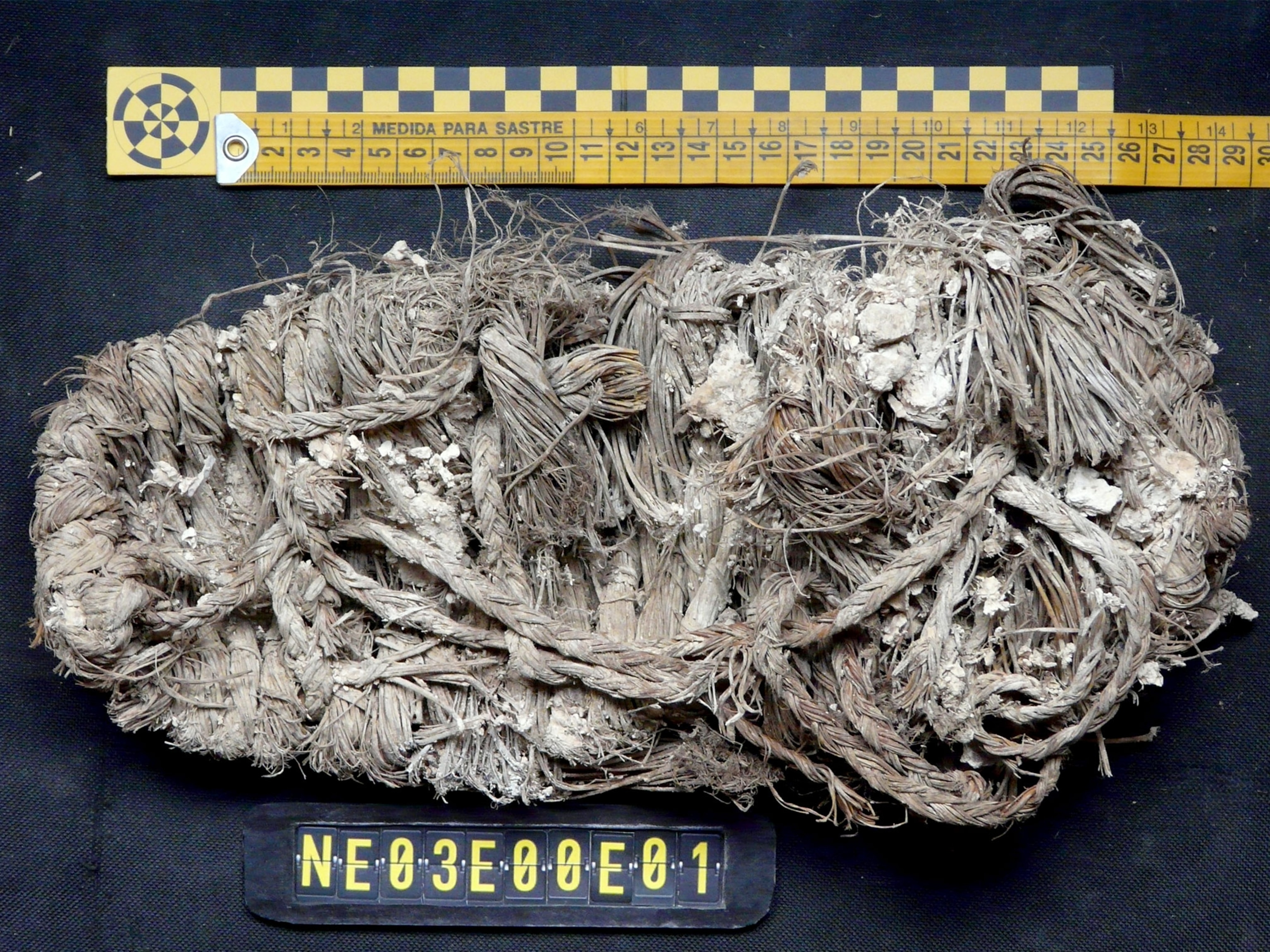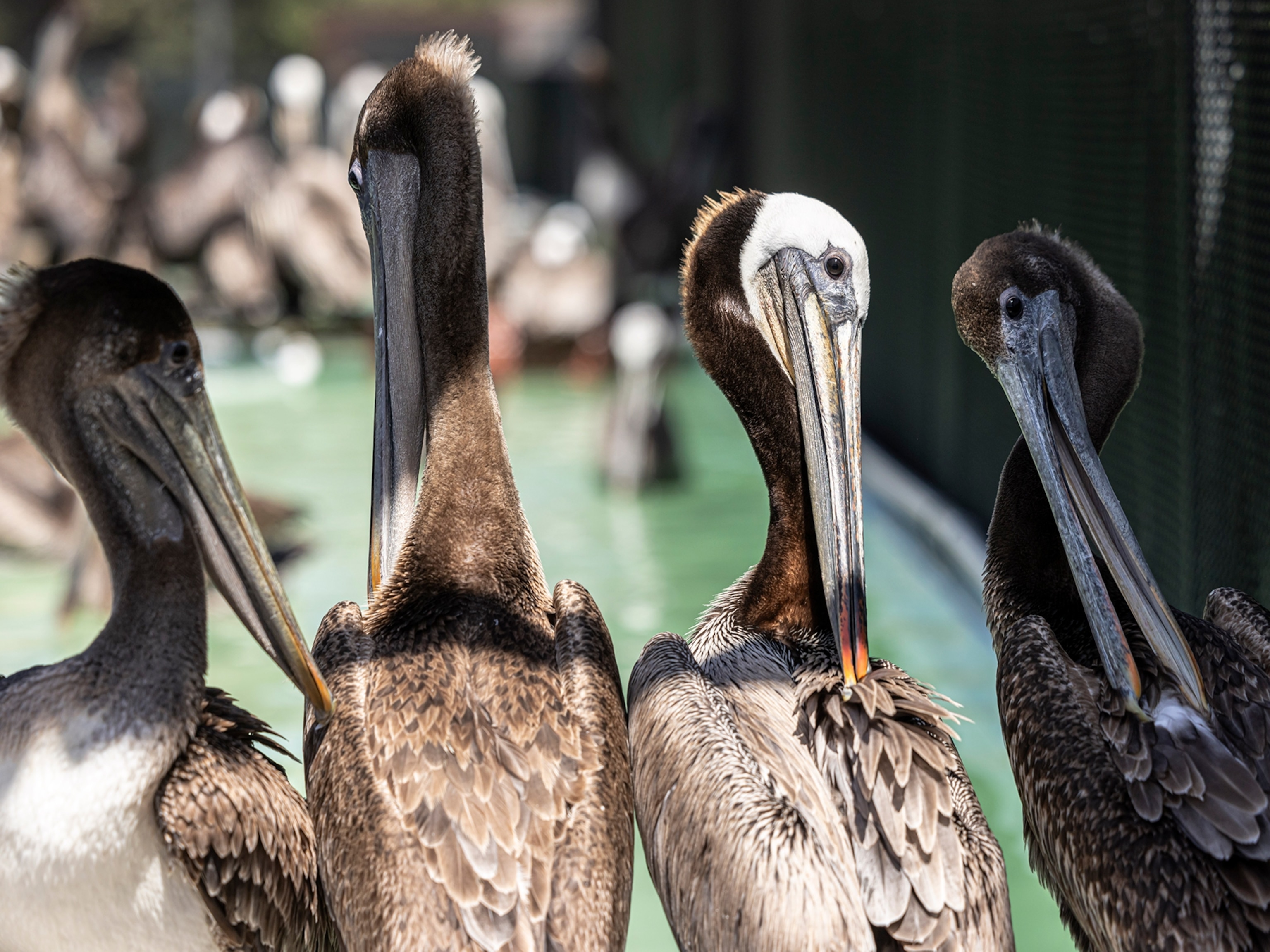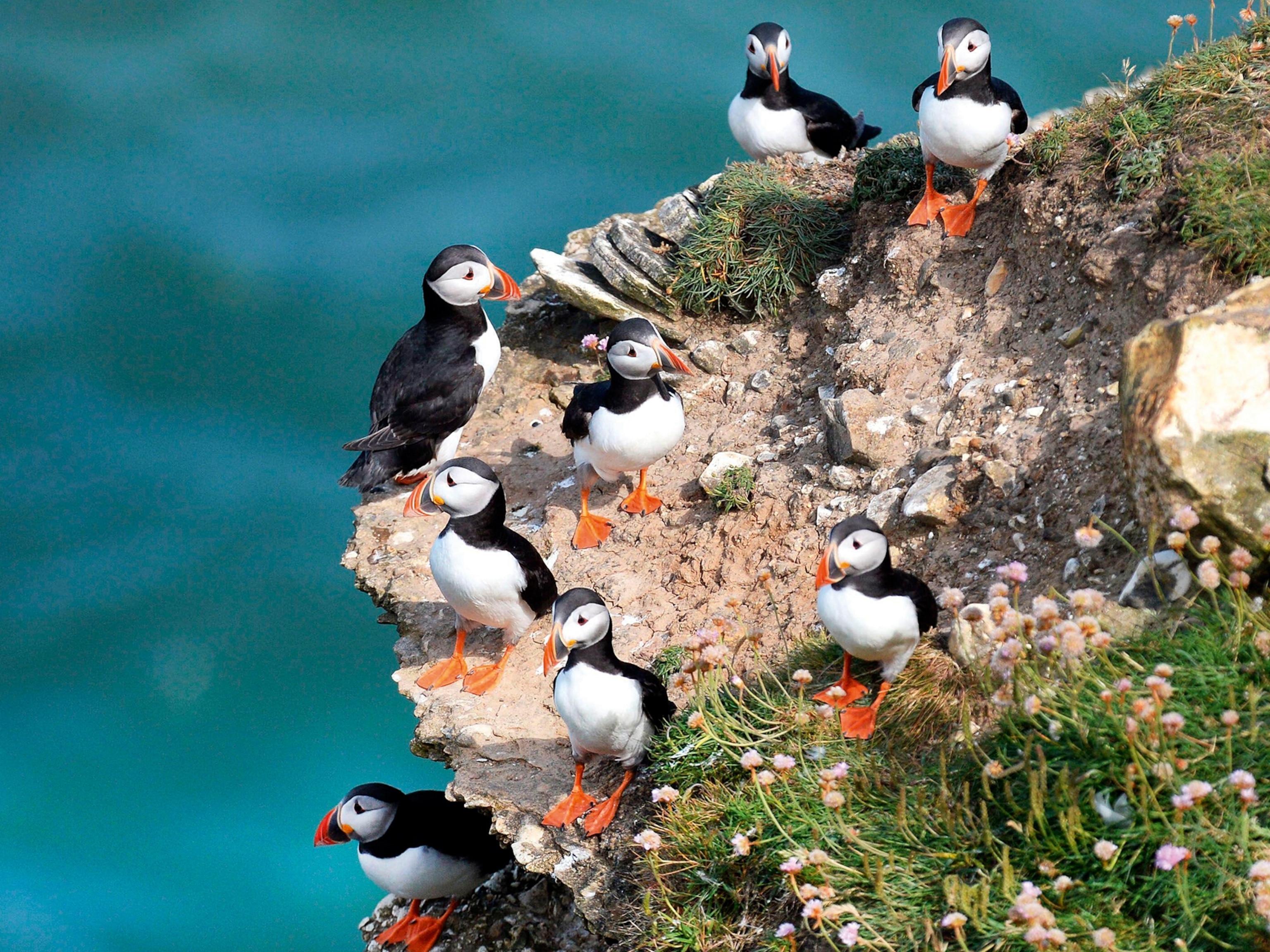Photograph courtesy Gerrit Vyn, Cornell Lab of Ornithology
Pictures: Oil "Devastated" Major Gulf Nesting Site
Only a month after teams reported the area free from oil, Raccoon Island, home to the largest waterbird nesting colonies in Louisiana, has been "devastated" by the Gulf spill.
July 21, 2010
